FIRST THING THE GOP ALWAYS CUTS
Food stamps just got boosted by a record 30% — here's what it means for familiesSigrid Forberg
Sat, October 2, 2021

Food stamps just got boosted by a record 30% — here's what it means for families
Some 1 in 8 American families can now load up their grocery carts with more food to keep the household nourished.
The largest-ever increase in the 46-year-old federal Supplemental Nutrition Assistance Program (SNAP) — commonly known as "food stamps" — just took effect on Oct. 1.
Households juggling multiple bills, paying down debt and stretching to meet their housing costs will be better able to afford the key ingredients for a healthy diet.
Roughly 42 million people, representing 12% of U.S. families, rely on SNAP benefits to put food on the table. With the Biden administration's new boost, they'll see their monthly amounts increase by around 30%, on average. Here's more, including how that translates to dollars and cents.
SNAP increase was a long time coming

Mark Van Scyoc / Shutterstock
The increase to SNAP was prompted by a farm bill Congress passed in 2018 that called for updating the program to reflect current food prices, typical American eating habits, the latest dietary guidance and nutritional values.
“Too many of our fellow Americans struggle to afford healthy meals," says Stacy Dean, U.S. Department of Agriculture deputy undersecretary for food, nutrition, and consumer services. "The revised plan is one step toward getting them the support they need to feed their families."
SNAP households have often used up more than 75% of their benefits by the middle of each month, according to USDA data.
Food stamps were expanded last year for the COVID pandemic, but that was a temporary measure to help carry families through the worst of the crisis.
The new, typical monthly benefit
Now, the permanent change to the program is making a substantial increase in benefits from their pre-pandemic levels and is designed to help users include more fish and red and orange vegetables in their diets.
On average, each recipient will now get an additional $36.24 per month, or $1.19 per day, the USDA says in a news release. The typical monthly benefit is rising from roughly $121 to $157.
Officials expect that the beefed-up benefits, along with the "family stimulus checks" from this year's expanded child tax credit, will mean fewer families running out of their benefits quickly or being unable to afford necessities.
The child credit payments are already having an effect. The first checks in July coincided with a 3% drop in households with children experiencing food scarcity, according to the Census Bureau.



















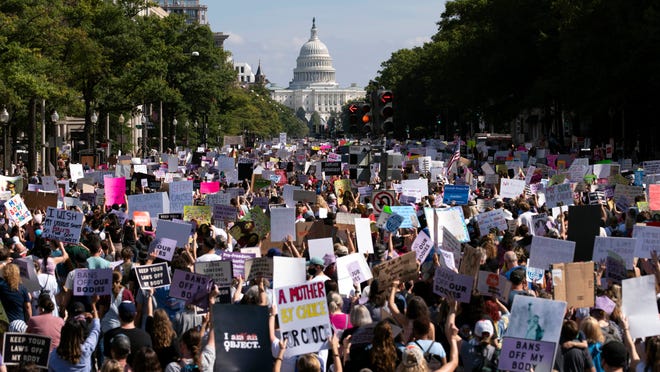
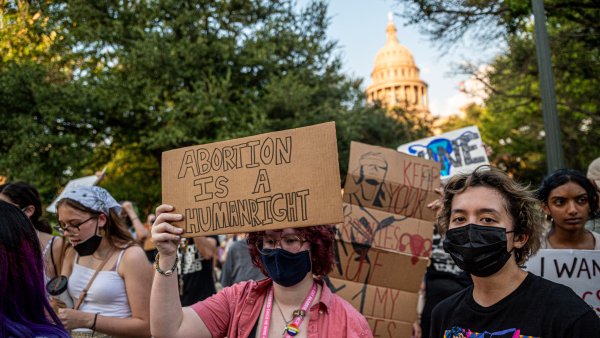
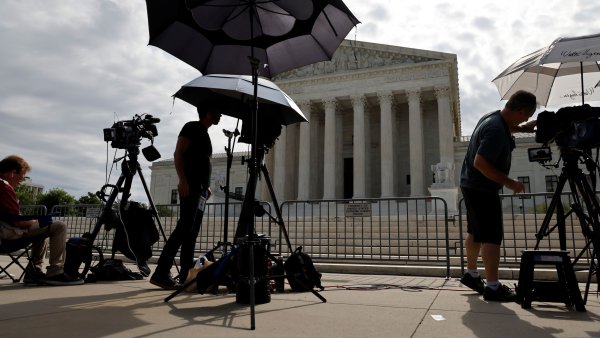

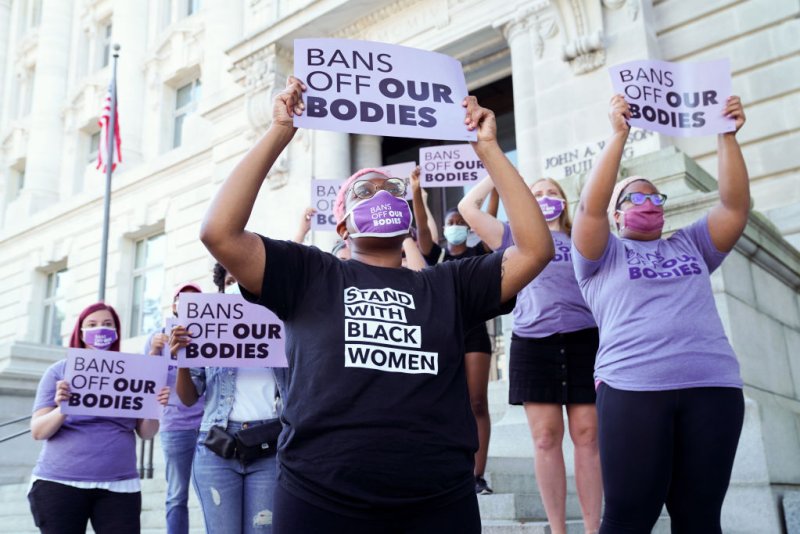
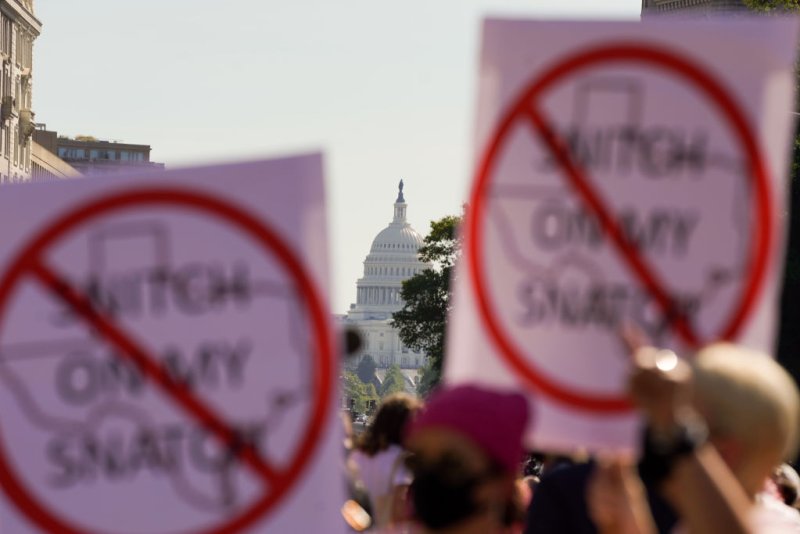


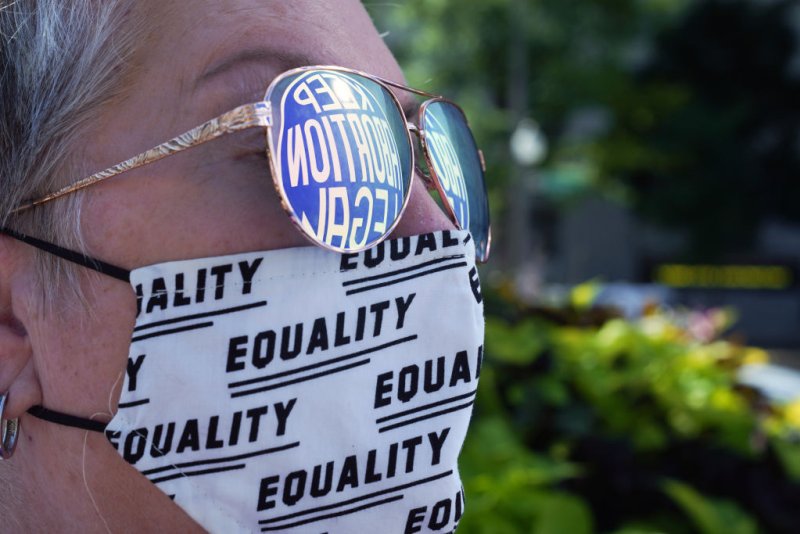

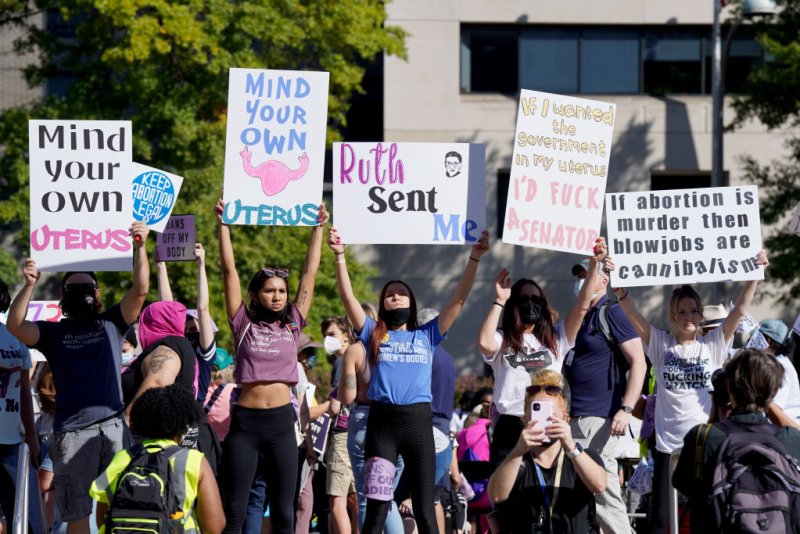
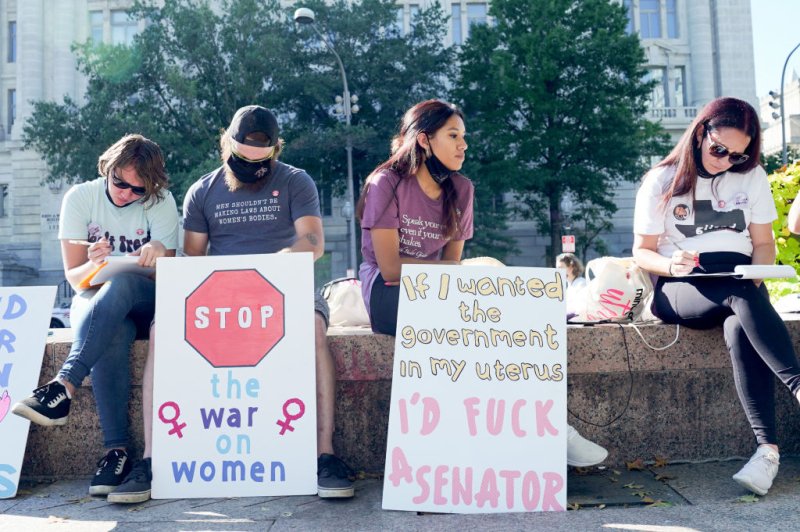
 Demonstrators gather at the Los Angeles Women’s March from Pershing Square to City Hall on Saturday, October 17, 2020. (Photo by Keith Birmingham, Pasadena Star-News/ SCNG)
Demonstrators gather at the Los Angeles Women’s March from Pershing Square to City Hall on Saturday, October 17, 2020. (Photo by Keith Birmingham, Pasadena Star-News/ SCNG)